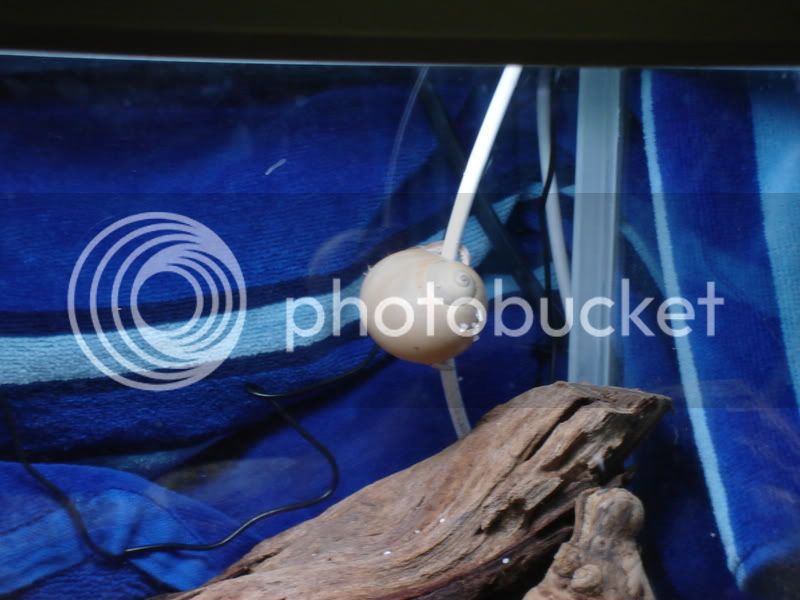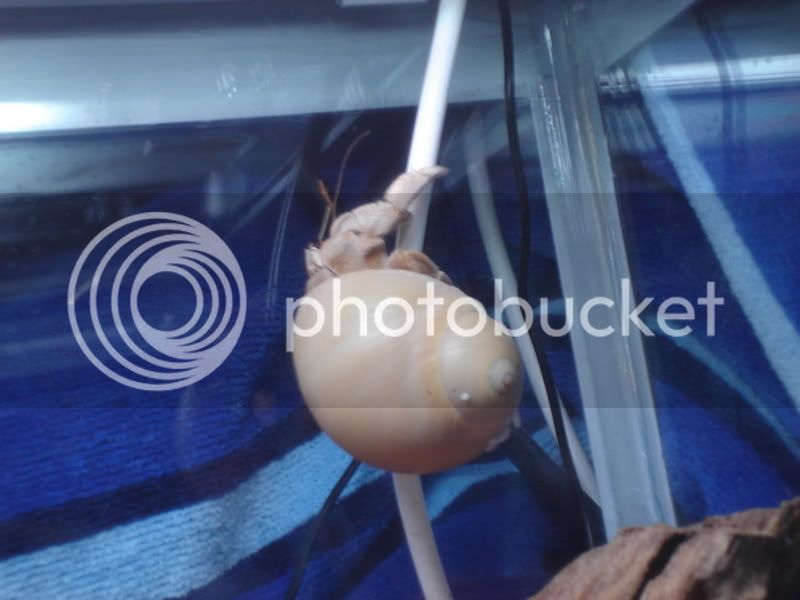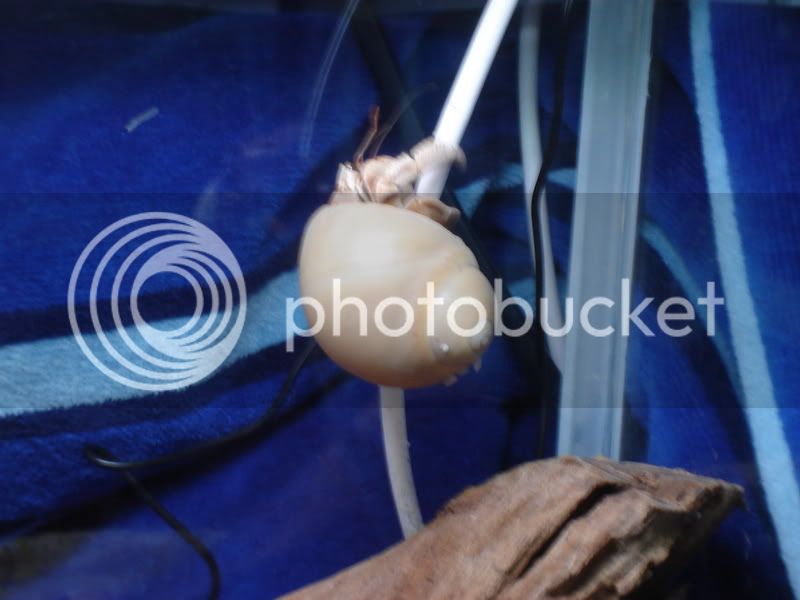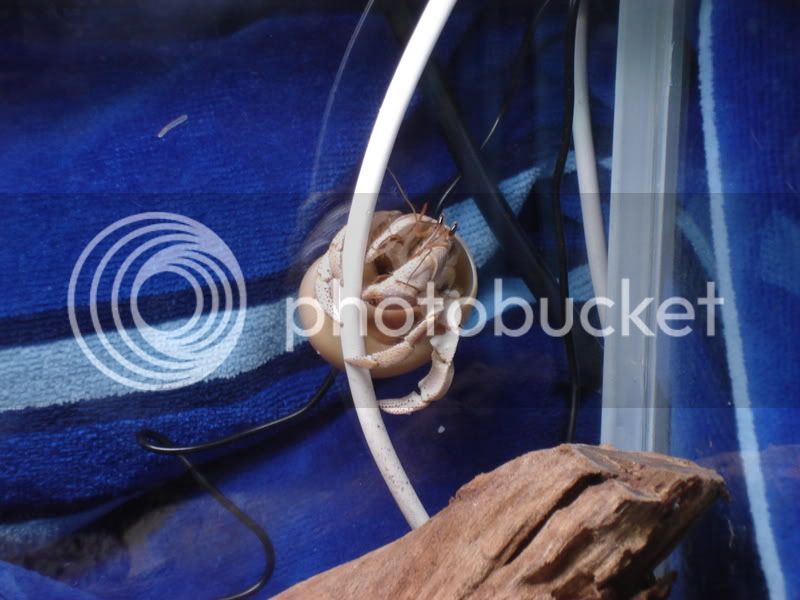Inkslinger
Very Well-Known Member
will see what I can do

love your work InkyColour guide to invertebrates of Australian inland waters
1997. John H. Hawking and Felicity J. Smith. CRC for Fresh Water Ecology. 213pp.
“This handbook is designed as an aquatic invertebrate “ready-reckoner” for students, fishermen, community based river
watch personnel, amateur collectors and stream ecologists who need identifications in the field. The book is a field
guide with 200 colour photographs of the more easily recognisable invertebrates of Australian inland waters. The
book lists the groups of aquatic organisms and provides some taxonomic and ecological information to help identify
specimens to the order/family level, and in many cases to a lower level.”
General Reviews of Inland Aquatic Invertebrates
There are various publications reviewing the range of aquatic fauna in inland Australia, including
identifications guides. These include: Life in Inland Waters (Williams 1983); Australian Freshwater Life
(Williams 1980); the Colour Guide to Invertebrates of Australian Inland Waters (Hawking & Smith
1997); Williams and Campbell (1987); Williams and Allen (1987); Williams (1985, 1998a, 1998b, 1998c,
1999); and Yen and Butcher (1997).
Williams (1998a, 1998b & 1998c) summarises knowledge of the invertebrate fauna of Australian inland
wetlands including the origins of the fauna (Williams 1998
Im still deciding between crab and scorpion .
Which is better characteristic for entertain?
Im still deciding between crab and scorpion .
Which is better characteristic for entertain?




Enter your email address to join: